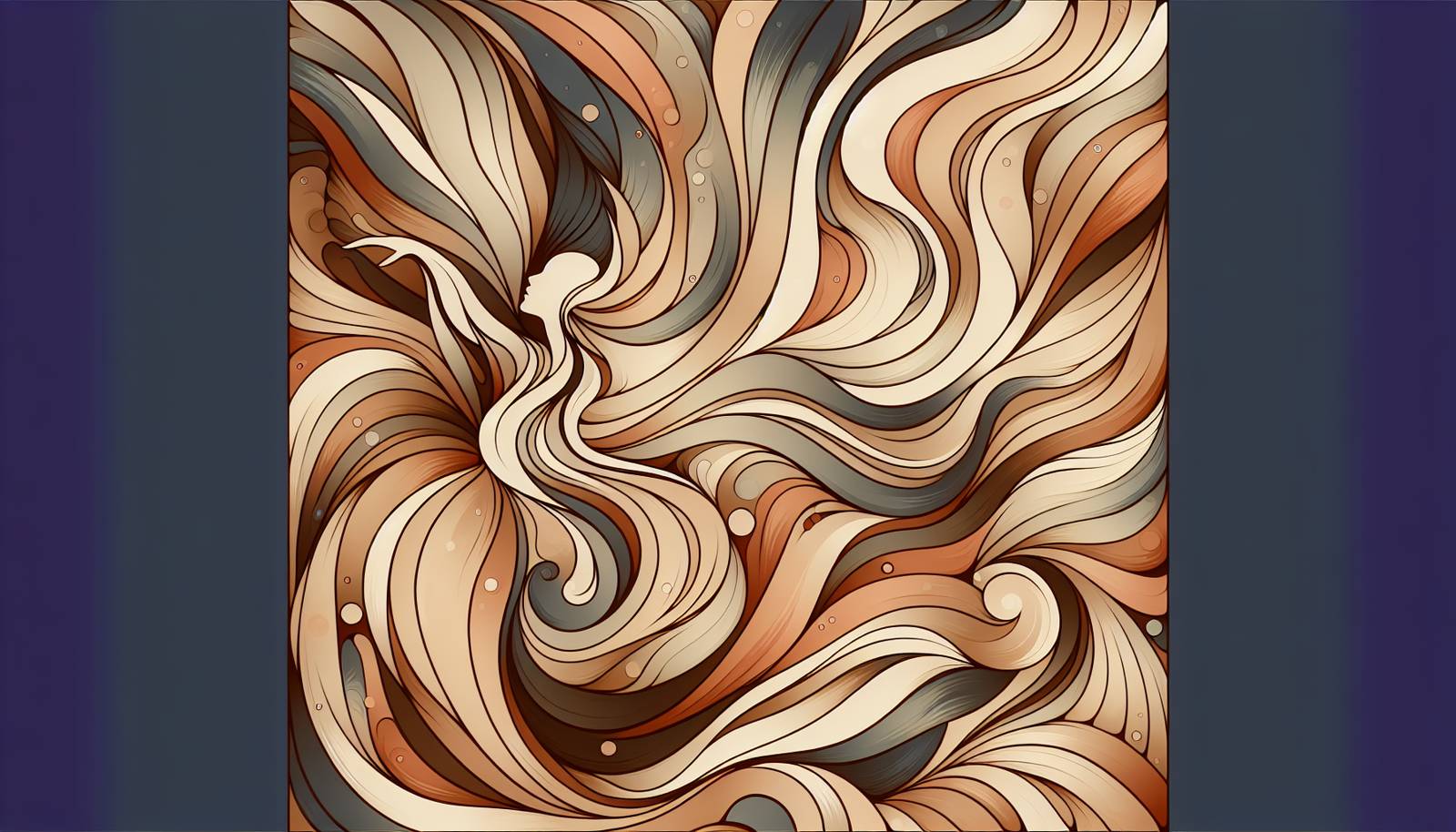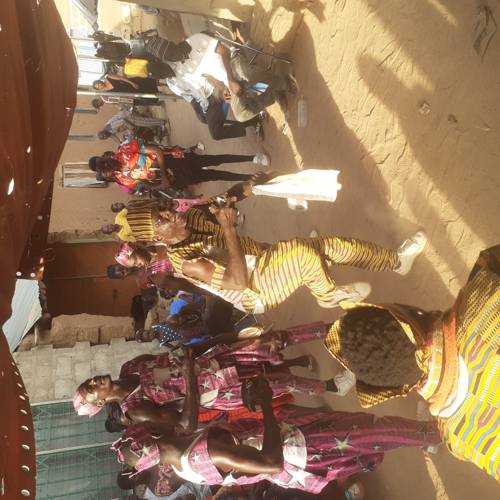
FAQ About The Role of Dance in Cultural Identity

What is the significance of dance in cultural identity?
Dance plays a crucial role in cultural identity as it embodies the values, history, and traditions of a community. Movements, rhythms, and music associated with specific dances can convey stories and customs that are integral to a culture. Through dance, individuals can express their shared belonging to a cultural group, reinforcing their identity within the community and to the world.

How does dance help in preserving cultural heritage?
Dance serves as a living archive of a culture's history and traditions. By passing down traditional dances through generations, communities preserve their unique cultural stories and practices. Traditional dances often incorporate historical events, rituals, and folklore, which help maintain a continuous link with the past. This preservation sustains cultural diversity and helps future generations understand and appreciate their heritage.

In what ways has globalization influenced cultural dance forms?
Globalization has enabled cultural dance forms to transcend borders, promoting the exchange of cultural expressions and ideas. This interaction often results in the fusion of traditional dances with global elements, creating new dance styles. While this can enrich cultural dialogue and creativity, it may also lead to concerns about cultural appropriation and the dilution of traditional forms.

How do dance festivals contribute to cultural identity?
Dance festivals are pivotal in promoting cultural identity as they showcase traditional and contemporary dance forms to a broad audience. These events foster cultural pride and allow for the sharing of cultural expressions. By participating in or attending these festivals, individuals can celebrate their cultural heritage and engage in cultural exchange with others.

Can dance influence social cohesion within a community?
Yes, dance can significantly influence social cohesion. Participating in communal dances fosters unity and collective identity among participants. It provides a space where individuals can connect, communicate, and collaborate, transcending social barriers. This communal aspect of dance reinforces bonds within the community and enhances social integration.

What role does dance play in rituals and ceremonies?
Dance is often a central component of rituals and ceremonies, symbolizing important cultural beliefs and values. It is used in various ceremonies to mark life events, seasonal changes, religious festivities, and other cultural traditions. Through the enacted movements and music, dance helps participants express reverence, celebrate, or seek spiritual connection.

How are traditional dances taught and passed down through generations?
Traditional dances are typically passed down through oral tradition, where elders and experienced dancers teach the younger generation. This transmission often occurs in informal settings, such as family gatherings or community events, but can also happen in more structured environments like dance schools. By teaching the meanings and techniques of traditional dances, cultural continuity is maintained.

Are contemporary dance forms impacting traditional cultural dances?
Contemporary dance forms can impact traditional dances by introducing new techniques, styles, and interpretations. While this can lead to innovative expressions and revitalized interest, it may also challenge traditional dancers to preserve the purity of their cultural forms. Sometimes, it results in a blend that respects and reinvents tradition, though care is needed to avoid overshadowing traditional forms.

What are some examples of cultures where dance is a central part of identity?
Many cultures around the world consider dance central to their identity. For instance, the Irish have traditional step dancing, which is emblematic of their cultural history. The Maori of New Zealand use the Haka dance to express their identity and solidarity. In India, classical dance forms like Bharatanatyam and Kathak are integral to cultural expression and religious practices.

How does dance reflect the history and politics of a region?
Dance can reflect the history and political landscape of a region by embedding narratives of past events, social structures, and cultural movements. For example, African American communities in the United States have used dance forms like jazz and hip-hop to express resilience and resistance against political oppression. In many cases, dance movements evolve by incorporating themes relevant to contemporary issues, thereby marking historical moments.

Is dance used as a form of resistance or political expression?
Yes, dance has been used as a powerful form of resistance and political expression. It can serve as a medium to protest injustice, express dissent, and mobilize communities. Historical examples include the use of capoeira by enslaved Africans in Brazil as a form of resistance, and modern performances that highlight social issues like inequality and discrimination.

How does dance contribute to personal identity and self-expression?
Dance offers individuals a medium for self-expression, allowing them to convey personal stories, emotions, and identities. Through dance, people can explore and communicate aspects of their personality that might be difficult to express verbally. This creative process helps in building self-confidence, emotional well-being, and a deeper understanding of oneself.

What is cultural appropriation in the context of dance, and why is it significant?
Cultural appropriation in dance occurs when elements of a dance form are taken from one culture and used by another, often without understanding or respecting the original meaning or significance. This can be problematic as it may lead to the commodification and misrepresentation of cultural dances, stripping them of their cultural context and value. It highlights the need for sensitivity and respect when engaging with dance forms from cultures other than one's own.

Can learning dances from different cultures promote intercultural understanding?
Learning dances from different cultures can indeed promote intercultural understanding. By engaging with the dance forms of other cultures, individuals gain insights into their values, traditions, and histories. This exposure can increase empathy, reduce prejudice, and encourage appreciation of cultural diversity. Dance can serve as a bridge to connect people across cultural boundaries.

How do social media and technology affect traditional cultural dances?
Social media and technology have made traditional cultural dances more accessible to a global audience. Platforms like YouTube and TikTok allow for the sharing of dance performances, increasing visibility and interest. However, this access can also lead to concerns about misrepresentation or oversimplification of complex cultural practices. It highlights the importance of context and cultural sensitivity in the digital sharing of dance.

What are the challenges in preserving traditional dance forms today?
Preserving traditional dance forms today faces several challenges, including globalization, cultural homogenization, and waning interest among younger generations. Additionally, economic pressures and the dominance of contemporary pop culture can overshadow traditional practices. To counter these challenges, there is a need for active cultural education, documentation, and initiatives that engage communities and encourage the celebration of their dance heritage.

How do children benefit from learning about their cultural dances?
Children benefit from learning about their cultural dances as it instills a sense of pride and identity. It helps them understand and appreciate their cultural history and heritage, fostering a connection to their roots. Learning traditional dances also enhances their cultural literacy, improves physical coordination, and encourages participation in community activities, reinforcing social bonds.

What is the role of dance in multicultural societies?
In multicultural societies, dance functions as a vessel for cultural exchange and dialogue. It allows communities to share their traditions and learn from each other, promoting mutual respect and understanding. Dance events can bring diverse groups together, celebrating the richness of cultural diversity and facilitating social cohesion.

How might traditional dances evolve in the future?
Traditional dances might evolve in the future by incorporating contemporary influences, technologies, and global dance trends. While maintaining their core elements, they could adapt to resonate with younger audiences and reflect current social narratives. This evolution could ensure that traditional dances remain relevant and vibrant, while still preserving their cultural roots.

Are there global initiatives to support cultural dance preservation?
Yes, there are several global initiatives aimed at preserving cultural dance. Organizations such as UNESCO recognize and protect intangible cultural heritage, including traditional dance. Various cultural institutions around the world document and support the performance and teaching of endangered dance forms. These initiatives help safeguard cultural diversity and promote the sustainability of cultural expressions across generations.
